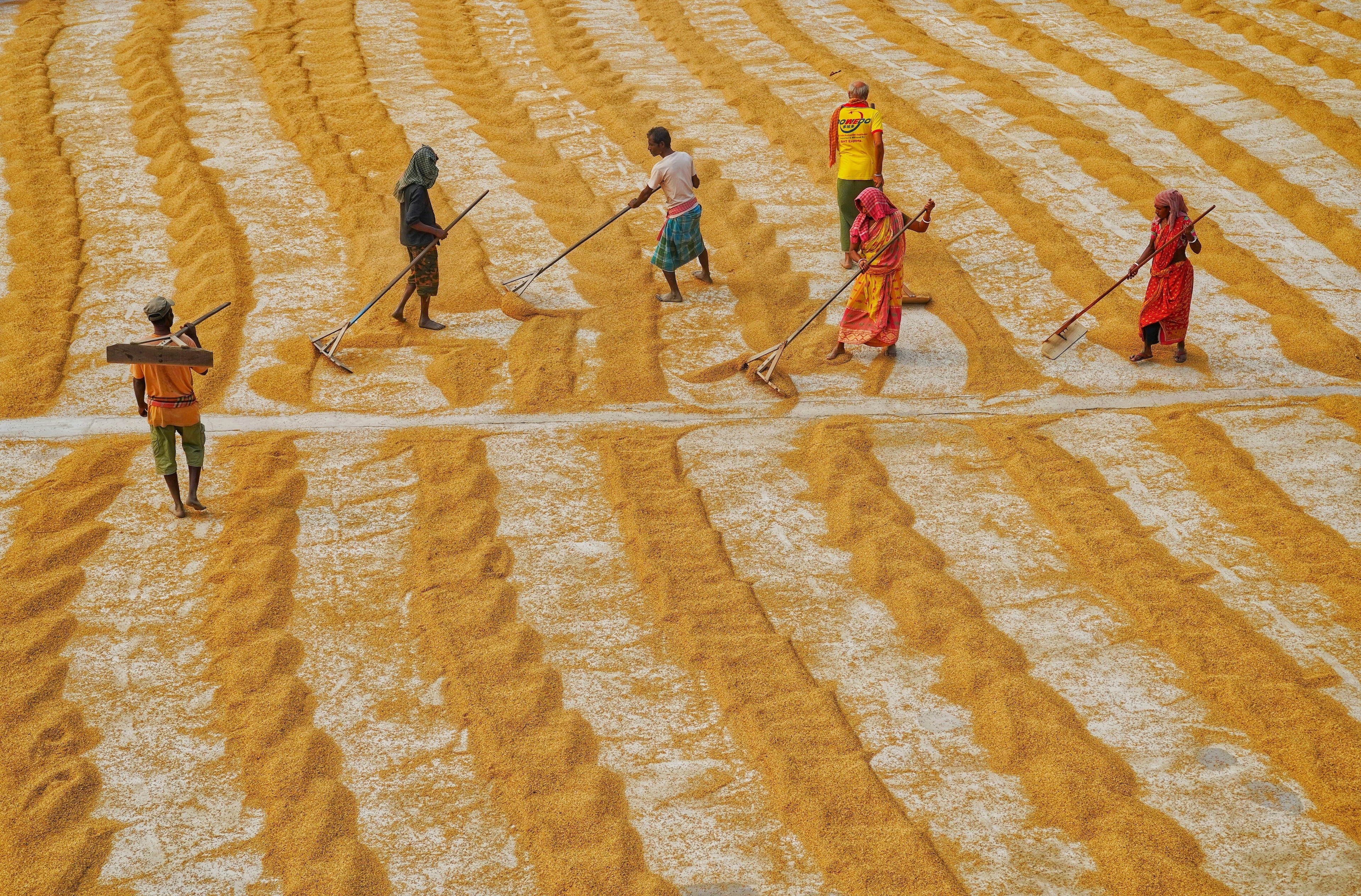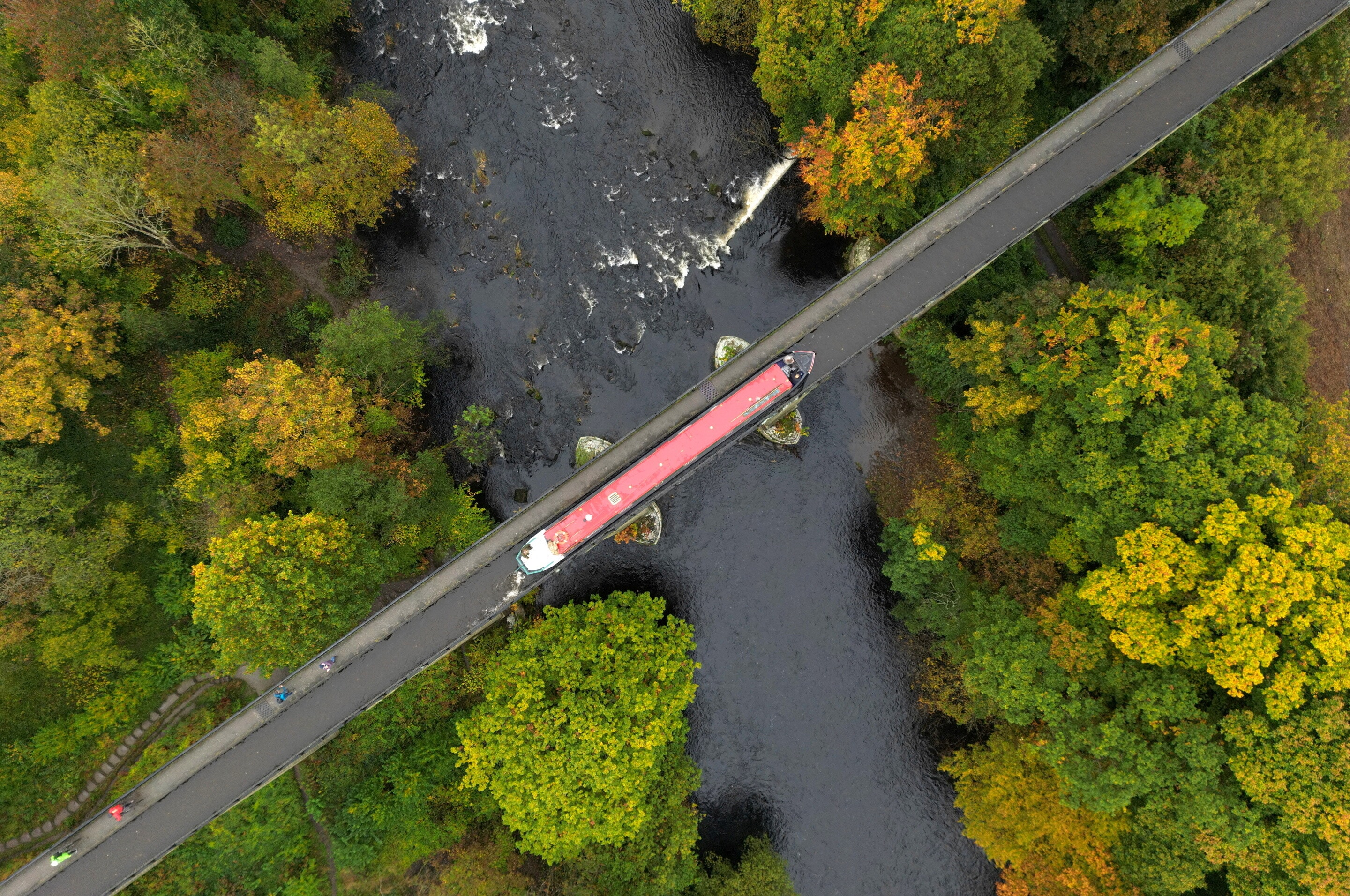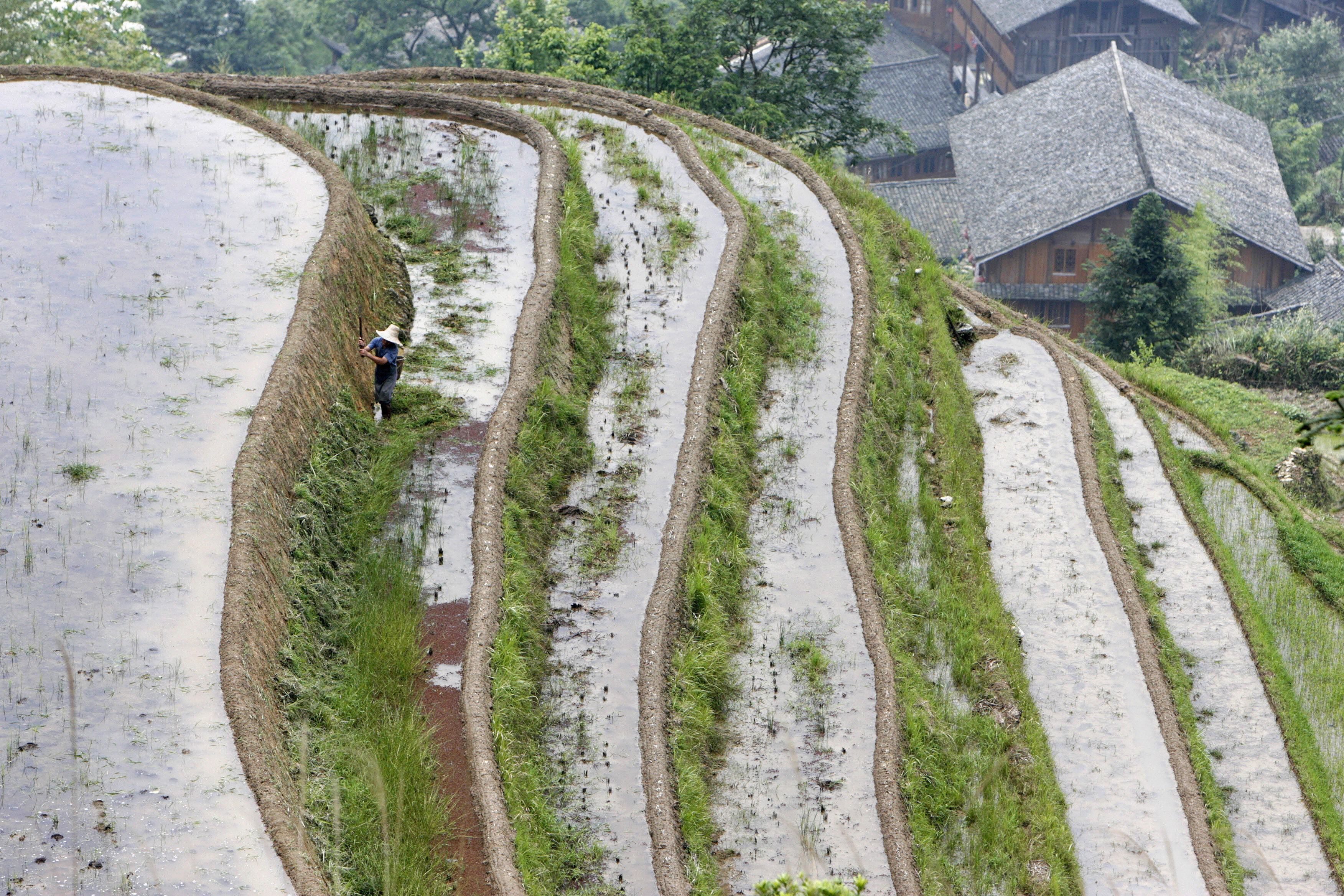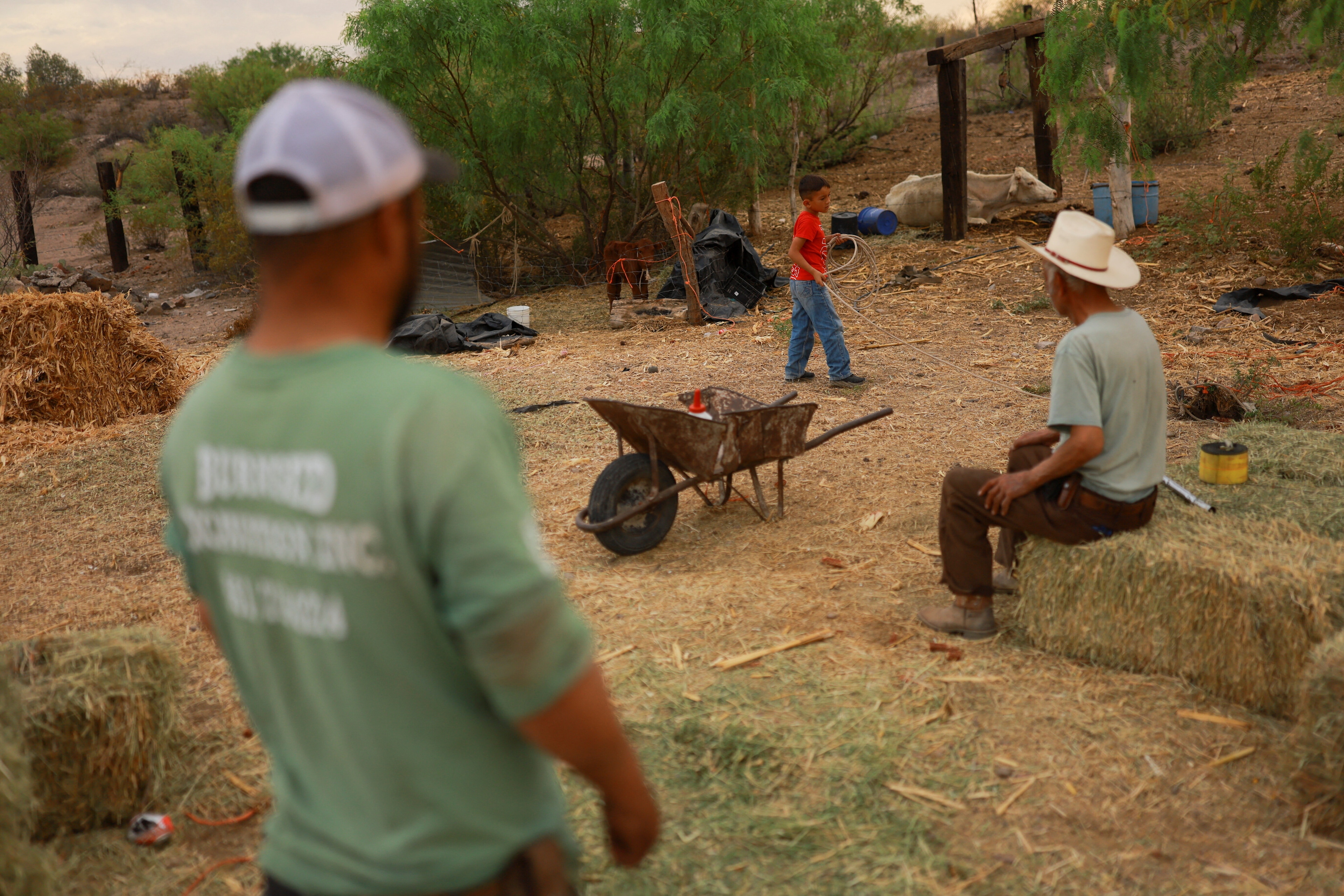Three ways agri-businesses can feed the world sustainably through circular food systems

WRI Africa is working with governments, development partners and businesses to catalyze circular food systems in Africa.
Image: UNSPLASH/Annie Spratt
Stay up to date:
Food Security
- Food systems are contributing to crises related to the climate, biodiversity loss and poverty.
- One potential solution is circular food systems – these produce food in ways that protect and regenerate nature, and address the challenge of food loss and food waste.
- WRI Africa is working with governments, development partners and businesses to catalyze circular food systems in Africa.
- These systems also present an opportunity for businesses to build resilient and sustainable supply chains, and create more sustainable jobs.
The world is reeling from three crises: nature; biodiversity loss; and poverty. Food systems contribute greatly to all.
On the climate crisis, about 30 percent, or a third, of total greenhouse gases (GHG’s) comes from food systems. A recent study by FAO shows emissions from pre- and post-production processes around food, such as manufacturing of fertilizers, food processing, packaging, transport, retail, household consumption and food waste disposal, doubled between 1990 and 2019 and are on course to overtake emissions caused by land use change. For example, decay of solid food waste in landfills and open dumpsites is a significant emitter of methane, a GHG whose global warming potential is 28-34 times that of CO2. Businesses are largely in charge of the pre- and post-production processes and as such have a significant role in cutting GHGs in this part of the food system.
On the biodiversity side, food production has driven biodiversity loss through habitat loss — clearing of forests, wetlands and grasslands. A recent study by the University of Maryland and WRI shows 252 million acres of land — an area the size of Egypt — have been converted to crops since the start of the 21st century. About half of that, 131 million acres, occurred in Africa. Food systems contribute to pollution of soils, water bodies through chemicals used in farming. The latter even kills biodiversity that is beneficial to agriculture, such as pollinators, threatening the sustainability of food systems.
For people, food and nutritional insecurity continue to rise in poor countries despite sufficient global food production. According to the State of Food Security and Nutrition in the World report of 2022, hunger affected an average of 765 million people globally in 2021. Out of this, 278 million were in Africa (20.2 percent of the population). The world produces 1.5 times enough food to feed everyone on the planet, but poverty and inequality hinders a majority of the world’s poor form accessing food. Global policies of trade exacerbate poverty and inequality by allocating food and agriculture inputs to already well-off segments of the society. This fuels the poverty-environment nexus — where communities in poor countries clear natural habitats to feed themselves, with negative impacts on the environment. These negative cycles can be halted if governments and businesses, embraced policies of zero waste to food.
On the major solutions to these problems is a circular food system. This construct consists of three principles: producing food in ways that protects and regenerates nature; addressing the challenge of food loss and food waste; add converting materials that would have otherwise gone to waste into useful products.
WRI Africa is working with governments, development partners and businesses to catalyze circular food systems in Africa. For example, through the circular food systems project in Rwanda, the project partners are pioneering novel ways of accelerating business growth for small and medium enterprises (SMEs), through a technical advisory facility that links SMEs to knowledge, tools and opportunities on circularity. The project is creating market linkages with anchor firms and finance providers so that SMEs get full technical and financial support needed to grow their circular food businesses. In its advanced phase, it will create a supportive enabling environment for the circular economy for food through smart policy design. While the project is still in its early phase, evidence from the first year of implementation points to crucial ways that businesses can build circular food systems.
How businesses can help catalyze circular food systems
1. Pay the premium
First, companies need to source products from — and pay premium — for food produced in ways that protects and regenerates nature.
Smallholder farmers have been trained by numerous development organizations on sustainable land management practices that can increase food production while cutting down environmentally disruptive inputs. However, the uptake of these technologies remains poor in Africa and other parts of the developing world. These technologies are usually labor and knowledge intensive, yet the farmers who adopt them do not necessarily get economic rewards from the market. Besides, businesses that have invested in chemical inputs in agriculture aggressively lobby for policy and price incentives to make their products more accessible to farmers.
If businesses can shift their models and compensate farmers who adopt sustainable land management practices, as well as shift from environmentally disruptive inputs to conducive ones, it would create a market pull and lead to more adoption of these practices and products among farmers. We are witnessing key players in the agri-food sector become more aware and starting these shifts, but the progress has been slow and inconsistent. Considering the rapid rates of climate change, biodiversity loss and impacts on human health, there is need to faster transitions.
2. Invest in innovations to address food loss
Businesses interested in reducing food loss and waste can do so through a three-step approach: measure; target; and act. And we need innovations in all three areas. Measuring enables targeting actions where they are most needed along the food chain.
Numerous innovations for reducing food losses at the post-harvest level continue to be tested and applied by businesses across the globe with different levels of success. Every food chain — dairy, grains, fruits, etc. — is different. For example, the use of cold chain logistics that connect the harvested produce with consumers, is successfully applied in developed countries, but remain less adopted in poor countries due to poor energy access and infrastructure. Besides, cold-chain systems typically use high global warming potential refrigerants and grid electricity based on fossil-fuels, or off-grid diesel-based generation and transport, which means one is solving one problem (of food loss) while creating another (greenhouse gases). Businesses can invest in renewable energy cold chain facilities suitable for many countries in the tropics. For example, with most of sub-Saharan Africa having high potential for solar and geo-thermal energy, it is possible to shift to cold chain facilities that use these forms of energy, drastically reducing the dependence on fossils. Partnerships between research institutions, businesses and governments, such the African Centre of Excellence for Sustainable Cooling and Cold Chain (ACES) in Rwanda, can accelerate the transition to affordable, low-carbon emission cooling and cold chain systems across the continent, making circular food systems possible.
3. Invest in circularity in food waste
Currently, less than 2 percent of valuable nutrients in food byproducts and waste are recycled, and most of them end up in landfills where they are left to rot and produce greenhouse gases, SMEs such as Bureau des Initatives de Developpement Communautaire (BIDEC) convert food waste into compost manure, while also producing organic insecticides and pesticides. By converting organic waste into compost, they are recycling nutrients back into the soil, improving agriculture productivity sustainably, while reducing greenhouse gas emissions.
Another SME converting food waste into useable products is Nyungu Africa. It takes maize husks and pineapple crowns and turns them into biodegradable sanitary towels. There are numerous emerging SMES on the continent. Through the circular food systems project in Rwanda, we found that these SMEs are constantly looking for ways to improve their products and accessing affordable and flexible funding to scale their businesses. Furthermore, they need a supportive policy environment to thrive. By combing those three factors — technical support, finance and policy — it is possible to increase the number and capacity of businesses converting various parts of food waste into usable products.
Circular food systems present an opportunity for businesses to build resilient and sustainable supply chains and create more sustainable jobs while avoiding negative social and environmental externalities. A circular food system requires more efficient use of resources such as land, energy and water while also increasing productivity without negative environmental impacts. It would also reduce post-harvest losses through better storage, transportation, processing and packaging, reducing consumer waste and an improvement in food waste management. A sustainable circular food business needs to pay attention to various forms of equity, especially in poor countries, where smallholder farmers who invest their knowledge and labor to produce healthy and environment safe produce get a premium price for their investments. However, it is important to note that no business can claim to be 100 percent circular. The aim for any sustainability-minded business is to journey along the circularity spectrum to achieve the strongest model.
What is the World Economic Forum doing to help ensure global food security?
Accept our marketing cookies to access this content.
These cookies are currently disabled in your browser.
Don't miss any update on this topic
Create a free account and access your personalized content collection with our latest publications and analyses.
License and Republishing
World Economic Forum articles may be republished in accordance with the Creative Commons Attribution-NonCommercial-NoDerivatives 4.0 International Public License, and in accordance with our Terms of Use.
The views expressed in this article are those of the author alone and not the World Economic Forum.
Related topics:
Forum Stories newsletter
Bringing you weekly curated insights and analysis on the global issues that matter.
More on Food and WaterSee all
Aurora Matteini and Derek Baraldi
August 6, 2025
Mauro Gianni and Isidora Kosta
August 4, 2025
Hu Xiangdong and Felipe Carazo
August 1, 2025
Jose Ignacio Galindo and Nicolas Wertheimer
July 24, 2025
Arunabha Ghosh and Jane Nelson
July 22, 2025





